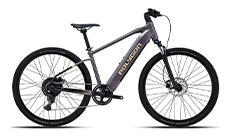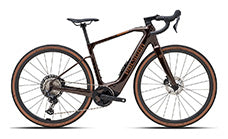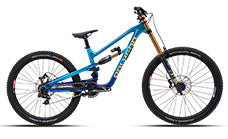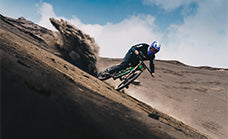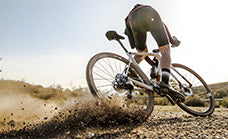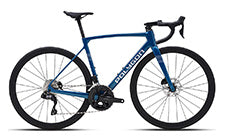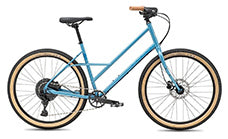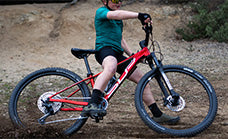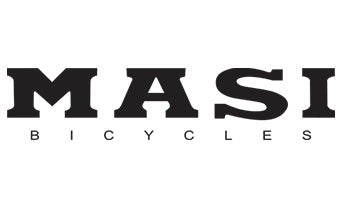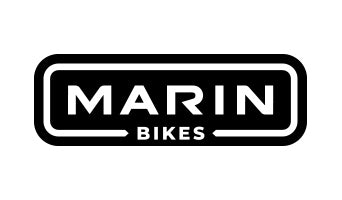Choosing Bike Pedals: Easy Tips for Beginners in 2025
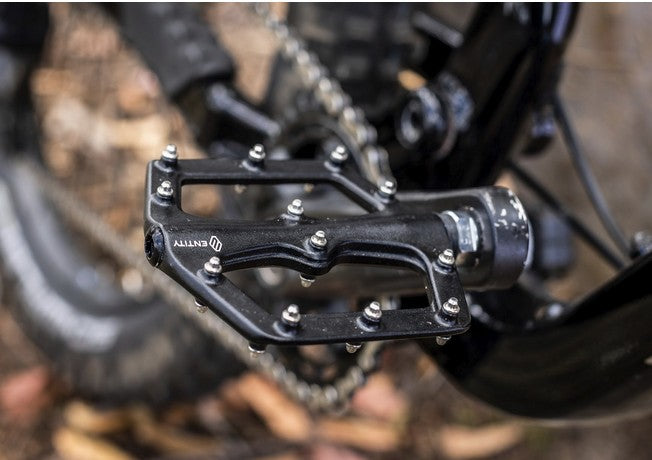
Understanding Bike Pedal Basics
Choosing the right bike pedals is one of the most important decisions for beginner cyclists. Your pedals directly affect comfort, efficiency, and safety during every ride. This comprehensive guide simplifies the selection process, helping you make an informed choice that matches your cycling goals.
Types of Bike Pedals Explained
Flat Pedals (Platform Pedals)
Best For:
-
Complete beginners
-
Casual city riding
-
Mountain bike trails
-
Commuting cyclists
Key Features:
-
Large platform surface
-
Metal or composite construction
-
No special shoes required
-
Easy foot placement and removal
Clipless Pedals
Varieties Available:
-
Road bike clipless systems
-
Mountain bike SPD systems
-
Dual-sided options
-
Beginner-friendly models
Learning Curve Considerations:
-
Practice mounting/dismounting
-
Start with loose spring tension
-
Use in safe, traffic-free areas
-
Consider recessed cleat options
Toe Clip and Strap Pedals
Traditional Features:
-
Budget-friendly option
-
Partial foot retention
-
Works with regular shoes
-
Suitable for commuter bikes
Material Choices for Beginners
Plastic Pedals
Advantages:
-
Lightweight design
-
Non-slip surface texture
-
Affordable pricing
-
Color variety options
Limitations:
-
Less durable long-term
-
Limited grip in wet conditions
-
Wear patterns develop quickly
-
Not suitable for aggressive riding
Metal Pedals
Benefits:
-
Superior durability
-
Better grip with metal pins
-
Weather-resistant performance
-
Professional feeling operation
Considerations:
-
Heavier than plastic
-
Can damage shins
-
More expensive initially
-
Requires proper maintenance
Composite Materials
Modern Solutions:
-
Hybrid construction benefits
-
Impact-resistant properties
-
Moderate weight characteristics
-
Good value proposition
Size and Platform Dimensions
Small to Medium Platforms
Specifications:
-
90mm x 100mm typical size
-
Weight: 300-400 grams
-
Best for: Smaller feet, kids
-
Examples: Shimano PD-M520, Crankbrothers Stamp 1
Large Format Pedals
Features:
-
100mm x 110mm+ surface area
-
Better stability platform
-
Ideal for: Adults, aggressive riding
-
Popular models: Race Face Chester, DMR V12
Essential Safety Features
Reflector Integration
Visibility Benefits:
-
Built-in reflective elements
-
360-degree visibility angles
-
Required by law in many areas
-
Increases night riding safety
Pin Configuration
Grip Patterns:
-
Adjustable pin height
-
Strategic placement design
-
Replacement pin availability
-
Anti-slip surface treatment
Spring Tension Adjustment
Clipless Options:
-
Entry/exit force customization
-
Gradual learning progression
-
Youth-friendly settings
-
Emergency release capability
Beginner-Friendly Pedal Recommendations
Best Flat Pedals for New Riders
Budget Options:
-
Wellgo B087: Basic platform pedal
-
Price: $15-25
-
Durable plastic construction
-
Non-slip tread pattern
-
VP Components Turbo: Entry-level choice
-
Price: $20-30
-
Steel cage design
-
Sealed bearings
Mid-Range Selections:
-
Shimano PD-EF205: Popular beginner model
-
Price: $30-40
-
Wide platform design
-
Versatile for all riding
-
OneUp Composite: Modern choice
-
Price: $45-60
-
Larger platform size
-
Replaceable pin system
Clipless Options for Beginners
Starter Systems:
-
Shimano M324: Dual-sided design
-
Price: $40-55
-
SPD one side, platform other
-
Perfect transition pedal
-
Time ATAC XS: Easy entry model
-
Price: $60-75
-
Self-cleaning design
-
Wide release angle
Installation and Maintenance
Installation Steps
Required Tools:
-
15mm pedal wrench or Allen key
-
Grease for threads
-
Basic hand tools
-
Bike stand (optional)
Proper Technique:
-
Apply grease to threads
-
Start by hand to avoid cross-threading
-
Turn right pedal clockwise
-
Turn left pedal counter-clockwise
-
Tighten to manufacturer specifications
Maintenance Schedule
Regular Checks:
-
Weekly: Pedal tightness inspection
-
Monthly: Bearing smoothness test
-
Quarterly: Complete service
-
Annually: Professional bearing replacement
Shoe Compatibility Guide
Regular Shoe Requirements
Flat Pedal Shoes:
-
Stiff sole recommendation
-
Good tread pattern
-
Ankle support consideration
-
Toe protection features
Clipless Shoe Basics
Mountain Bike Cleats:
-
Two-bolt mounting system
-
Recessed cleat design
-
Walkable sole construction
-
Ventilation features
Road Bike Cleats:
-
Three-bolt system standard
-
Rigid sole construction
-
Limited walking ability
-
Aerodynamic design
Common Beginner Mistakes to Avoid
Sizing Errors
Problems:
-
Pedals too large for feet
-
Platform surface inadequate
-
Shoe/pedal incompatibility
-
Improper cleat alignment
Safety Oversights
Risks:
-
Skipping reflector installation
-
Ignoring spring tension
-
Improper maintenance
-
Riding without practice
Budget Considerations
Entry-Level Range
Price Points:
-
Basic flat pedals: $15-40
-
Entry clipless: $50-80
-
Shoes for beginners: $50-100
-
Tool requirements: $20-50
Value vs Performance
Investment Strategy:
-
Quality over cheapest option
-
Upgradeability consideration
-
Long-term durability
-
Safety feature importance
Frequently Asked Questions
Q: Should beginners start with flat or clipless pedals? A: Most beginners should start with flat pedals. They're easier to use, safer for learning, and work with regular shoes. Once comfortable with bike handling, consider clipless pedals for efficiency gains.
Q: How do I know what size pedals to choose? A: Most adult riders do well with medium to large platform pedals (100mm x 110mm). Smaller riders or children may prefer compact sizes. Try different sizes at your local bike shop when possible.
Q: Are expensive pedals worth it for beginners? A: Quality matters more than price. Look for durable materials, good grip, and safety features within your budget. Spending $40-60 on good flat pedals is better than buying $15 pedals that wear out quickly.
Q: How often should I replace my pedals? A: Quality pedals can last many years. Replace them when you notice bearing play, damaged pins, or safety concerns. Regular maintenance extends pedal life significantly.
Q: Do I need special shoes for flat pedals? A: While not required, shoes with stiff soles and good tread provide better control and comfort. Dedicated flat pedal shoes offer superior grip and protection for aggressive riding.
Making Your Final Decision
Selecting your first bike pedals doesn't need to be complicated. Focus on these key factors:
-
Riding Style: Match pedals to your cycling activities
-
Safety First: Prioritize features that keep you secure
-
Comfort Level: Choose based on your experience
-
Budget Reality: Balance cost with quality needs
-
Future Goals: Consider your cycling progression
Remember that pedals are one of the few bike components you'll directly interact with during every ride. Take time to make an informed choice that supports your cycling journey.
For more beginner cycling guides, explore our getting started section and bike maintenance basics.


